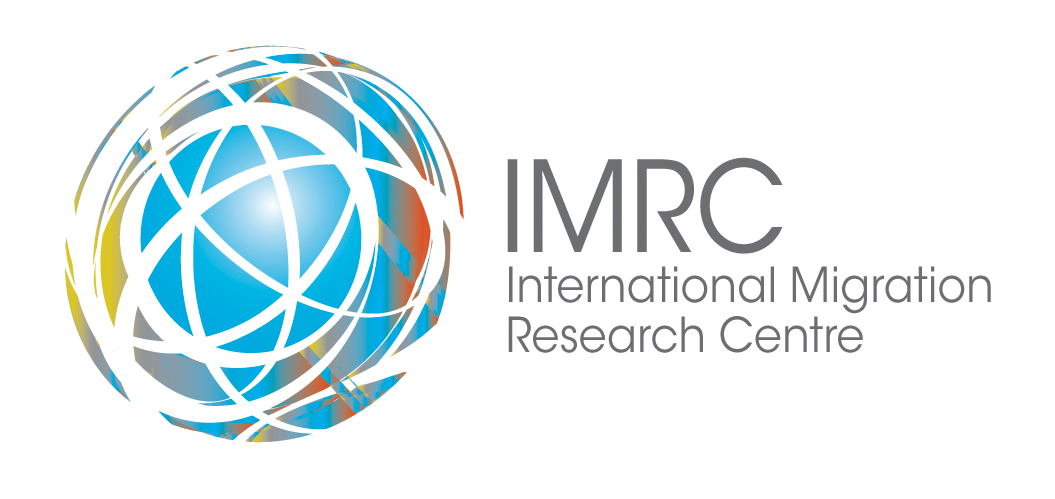Document Type
Research Publications
Publication Date
10-2008
Department
Department of Geography and Environmental Studies
Abstract
Background
The ongoing geographical shift in immigrant settlement patterns and the related settlement experiences of immigrants outside of the largest national cities continues to be of interest to policy makers, practitioners, and researchers alike. This paper explores recent immigration to Kitchener- Waterloo (K-W), a second-tier city (STC) in Ontario, through the conceptual lens of the creative community and the role of the university.
Purpose
Qualitative research on immigrant settlement in Kitchener-Waterloo (K-W), Ontario has revealed the important role played by the region’s universities in attracting immigrants, but also in creating the feeling of a safe and welcoming space. This paper explores these findings in light of recent scholarship on the links between social diversity, the creative city, and economic development, and applies it specifically to the context of immigration to STCs.
Methods
Between 2004 and 2006 semi-structured interviews were conducted with visible-minority and European non-English-mother-tongue immigrants. Questions were asked of participants concerning their reasons for settling in the area, their experiences with regard to service delivery and other municipal functions, and their general perspectives on the nature of the community. In all, 21 immigrant couples were interviewed, with the majority being of South Asian origin (N =42). Two focus groups were held with European and non-European women (13 respondents). In addition, seven service providers and municipal and regional government officials were interviewed, In total, 62 respondents were included in 30 interviews/focus group sessions.
Key Findings and Discussion
The paper argues that greater qualitative assessment of the specific nature of STC communities, their community qualities, and the resources present can complement more abstract quantitative indices. Such attributes can, in fact, be used to highlight the specific roles played by key actors in the community, in this case universities. In the case of Kitchener-Waterloo, its universities attract immigrants to the region, and assist in their subsequent integration by creating spaces that are perceived as being safe and free from discrimination. The findings hint at some interesting strategies that are being used by skilled international workers, such as applying simultaneously for student and permanent immigration visas. This strategy should be seen as a method being employed by some immigrants in order to overcome international credential devaluation.
Recommendations
Policy implications are offered in relation to how universities, and, by extension, international students, factor into how Canada’s immigration policy is evolving in response to the demand for skilled immigrants. The recommendations are:
- Expand the reach of universities and colleges in second tier cities;
- Develop further means to integrate international students into the immigrant regionalization model; and
- Critically examine the use of international students as a talent pool while simultaneously advancing a neoliberal education funding regime that under invests in higher education.
Recommended Citation
Walton-Roberts, M. (2008). Immigration, the University, and the Tolerant Second-Tier City (rep., 28 pp.). Toronto: CERIS - The Ontario Metropolis Centre. CERIS Working Papers, No. 92.


